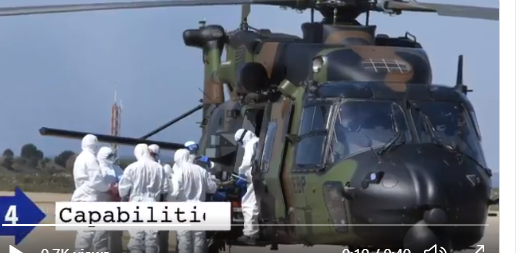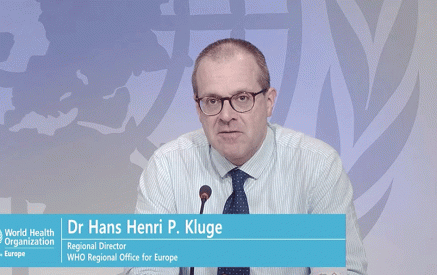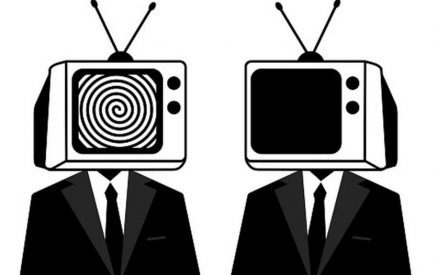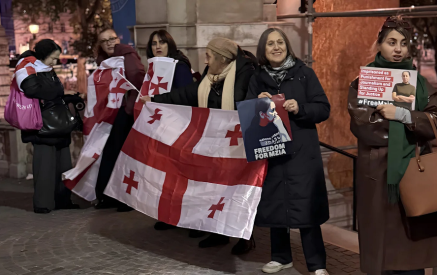The coronavirus pandemic will very likely deteriorate our security environment in the years to come, increasing the need for a stronger European Union security and defence policy, and for a stronger Union in the world.
On Tuesday, we held the second videoconference with the European Union Defence Ministers in six weeks and yesterday I addressed the EU Military Committee meeting at the level of EU Chiefs of Defence. We discussed security and defence implications of the pandemic and one thing is clear: the COVID-19 crisis will be a re-defining moment for our societies, for our economies – and for our security and defence policy. Health now is a security issue.
The armed forces of our Member States are already playing a crucial role in the fight against the coronavirus in Europe. They are supporting civilian authorities and our citizens with medical, logistic and security resources. They are doing this both in their home countries and across EU Member States, in a true spirit of European solidarity. The EEAS has set up a task force to support this work and facilitate the exchange of information and best practices. We agreed with the Ministers to reinforce modalities for the use of military assets to support civilian authorities in response to the pandemic.
The #Covid19 pandemic has serious implications for EU defence and security – now and in the following years. #EUdefence
Find out more:https://t.co/Yc6wVsxdJb pic.twitter.com/xHamu99hSrRead also
— Josep Borrell Fontelles (@JosepBorrellF) May 12, 2020
Beyond our borders, EU missions and operations remain by the side of our partners through these difficult times. Of course, as the safety and well-being of our personnel and of local populations remain our primary concern, activities have been adapted where necessary. But we ensure that the EU’s CSDP missions and operations continue to deliver on their security mandate and that they keep exploring ways to support our partners in the face of the pandemic.
More forward looking, we can be sure that the effects of the pandemic risk deepening existing conflicts and crises, with a direct impact on our own security. COVID-19 has brought along new threats. It has uncovered strengths and vulnerabilities and we can already draw some first lessons for European security and defence along five pillars: solidarity; responsiveness; preparedness and resilience; capabilities; partnerships.
European solidarity must remain our guiding principle. Our responses need to be quick and flexible: with a better coordination of all actors working for our security both within and beyond our borders, for example, or by making our missions and operations even more adaptable to changing circumstances. We need to be better prepared and resilient – for example, on cybersecurity or against hybrid threats. These threats include disinformation campaigns, and we have seen recently that these are real threats to European and global security.
We also have to keep working on our capabilities. We have seen the positive stories of how the military can assist civilian authorities in times of crisis, and we should build on this experience. Also, we need an innovative and solid European defence industry. PESCO and the European Defence Fund can help, and we will explore how to use these initiatives to be better equipped in the future to respond to similar crises. Yes, it will not be easy to find the money to match our defence ambitions as the crisis hits our economies. But putting our security at risk in these uncertain times is a price we cannot afford.
And we will remain true to our spirit of cooperation with partners. We are all confronted with the same challenges, and it is only together that we can overcome them. This goes for the current coronavirus pandemic as well as for future crises. This is why I was particularly happy that the Ministers and I were joined in our discussions yesterday by NATO Secretary General Stoltenberg and by UN Under-Secretary General for Peace Operations Jean-Pierre Lacroix.
European Union





























































